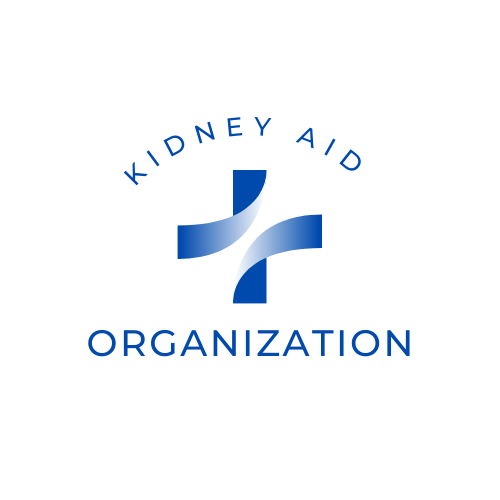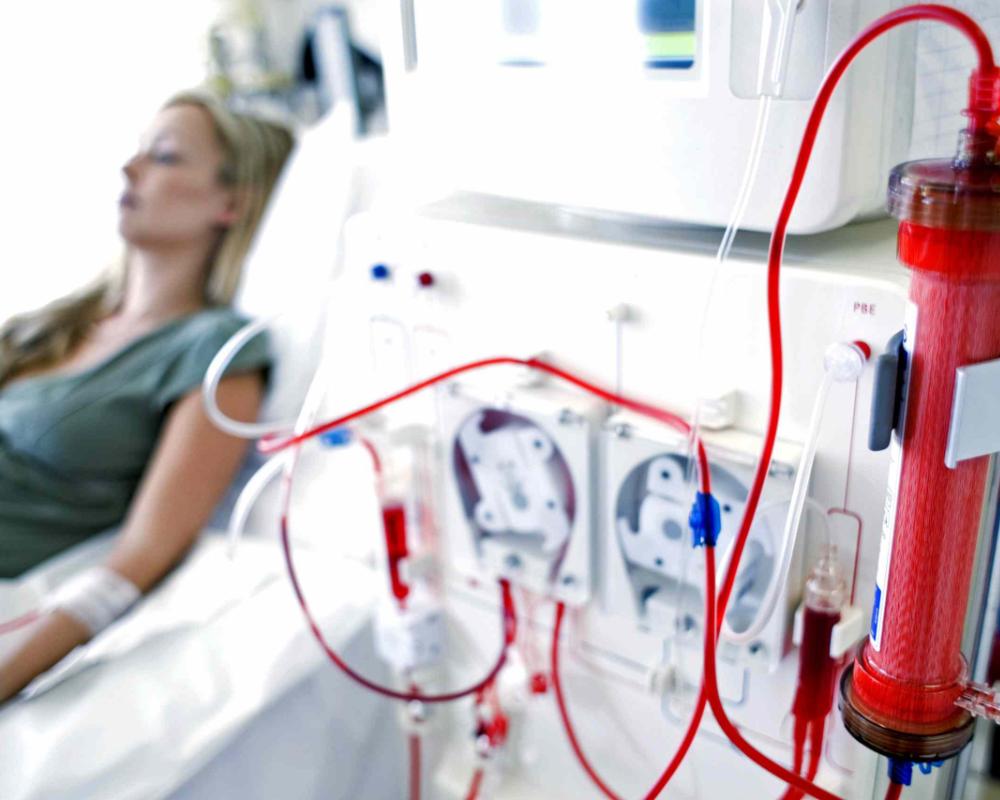Chronic kidney disease (CKD) affects millions of people worldwide, and diet plays a crucial role in managing symptoms, slowing progression, and maintaining overall health. The right foods can help reduce strain on the kidneys, control blood pressure, and prevent further damage.
If you or a loved one has kidney disease, knowing which foods to prioritize can make a significant difference. In this article, we’ll explore the 10 best foods for kidney health, backed by science and recommended by nutrition experts.
Understanding Kidney Disease and Diet
Before diving into the best foods, it’s important to understand how diet impacts kidney function. The kidneys filter waste, balance fluids, and regulate electrolytes like sodium, potassium, and phosphorus. When kidneys aren’t functioning properly, these minerals can build up in the blood, leading to complications. A kidney-friendly diet typically focuses on:- Lowering sodium to control blood pressure
- Managing protein intake to reduce waste buildup
- Balancing potassium and phosphorus to prevent imbalances
- Staying hydrated without overloading the kidneys
1. Cauliflower
Why it’s great:- Low in potassium and phosphorus
- High in fiber, vitamin C, and folate
- A great substitute for higher-potassium veggies like potatoes
- Roasted as a side dish
- Mashed as a potato alternative
- Added to soups and stir-fries
2. Red Bell Peppers
Why they’re great:- Low in potassium
- Rich in vitamins A, C, and B6
- High in antioxidants that fight inflammation
- Sliced raw in salads
- Roasted with olive oil
- Added to kidney-friendly stir-fries
3. Cabbage
Why it’s great:- Low in potassium and phosphorus
- Packed with fiber, vitamin K, and vitamin C
- Supports digestion and gut health
- Steamed or sautéed
- Added to soups
- Used in coleslaw (with a low-sodium dressing)
4. Garlic
Why it’s great:- Adds flavor without extra sodium
- Contains anti-inflammatory properties
- May help lower cholesterol
- Minced in sauces and dressings
- Roasted with vegetables
- Added to kidney-friendly soups
5. Apples
Why they’re great:- Low in potassium and phosphorus
- High in fiber and antioxidants
- Helps reduce cholesterol and inflammation
- Fresh as a snack
- Baked with cinnamon
- Added to salads
6. Blueberries
Why they’re great:- Low in potassium and phosphorus
- High in antioxidants (anthocyanins)
- Supports heart and brain health
- Fresh or frozen in smoothies
- Topped on oatmeal
- Mixed into yogurt
7. Egg Whites
Why they’re great:- High-quality, low-phosphorus protein
- Easier on kidneys than whole eggs (yolks are high in phosphorus)
- Scrambled with veggies
- In omelets with kidney-friendly ingredients
- Hard-boiled (without yolk)
8. Olive Oil
Why it’s great:- Healthy fat source without phosphorus
- Supports heart health
- Reduces inflammation
- Drizzled over salads
- Used for cooking instead of butter
- Mixed into dips
9. Skinless Chicken Breast
Why it’s great:- Lean protein source (in moderation)
- Lower in phosphorus than processed meats
- Helps maintain muscle mass
- Grilled or baked
- Added to soups or salads
- Stir-fried with veggies
10. Onions
Why they’re great:- Low in potassium
- Adds flavor without salt
- Contains antioxidants like quercetin
- Sautéed as a base for dishes
- Added raw to salads
- Roasted with other vegetables
Foods to Limit or Avoid with Kidney Disease
While these 10 foods are excellent choices, some foods can worsen kidney function. Limit or avoid:- Processed foods (high in sodium and phosphorus additives)
- Bananas and oranges (high in potassium)
- Dairy products (high in phosphorus)
- Dark sodas (contain phosphorus additives)
- Canned foods (high in sodium)
Final Thoughts
A kidney-friendly diet doesn’t have to be bland or restrictive. By focusing on nutrient-dense, low-potassium, and low-phosphorus foods, you can support kidney function while still enjoying delicious meals. Always consult with a registered dietitian or nephrologist to tailor your diet based on your specific kidney function and lab results. By making smart food choices, you can take control of your kidney health and improve your overall well-being. Did you find this list helpful? Share it with someone who might benefit, and let us know your favorite kidney-friendly recipes in the comments!Are you tired of living under the shadow of kidney disease? Are you yearning for a life free from the shackles of dialysis, kidney failure, and the looming threat of kidney transplants? If so, you're in the right place at the right time. Imagine waking up every morning with boundless energy, feeling rejuvenated and ready to take on the day. Envision a life where your kidneys are functioning optimally, and you no longer dread the burdensome routines of dialysis sessions. The Kidney Disease Solution Program is here to turn that vision into reality for you.


